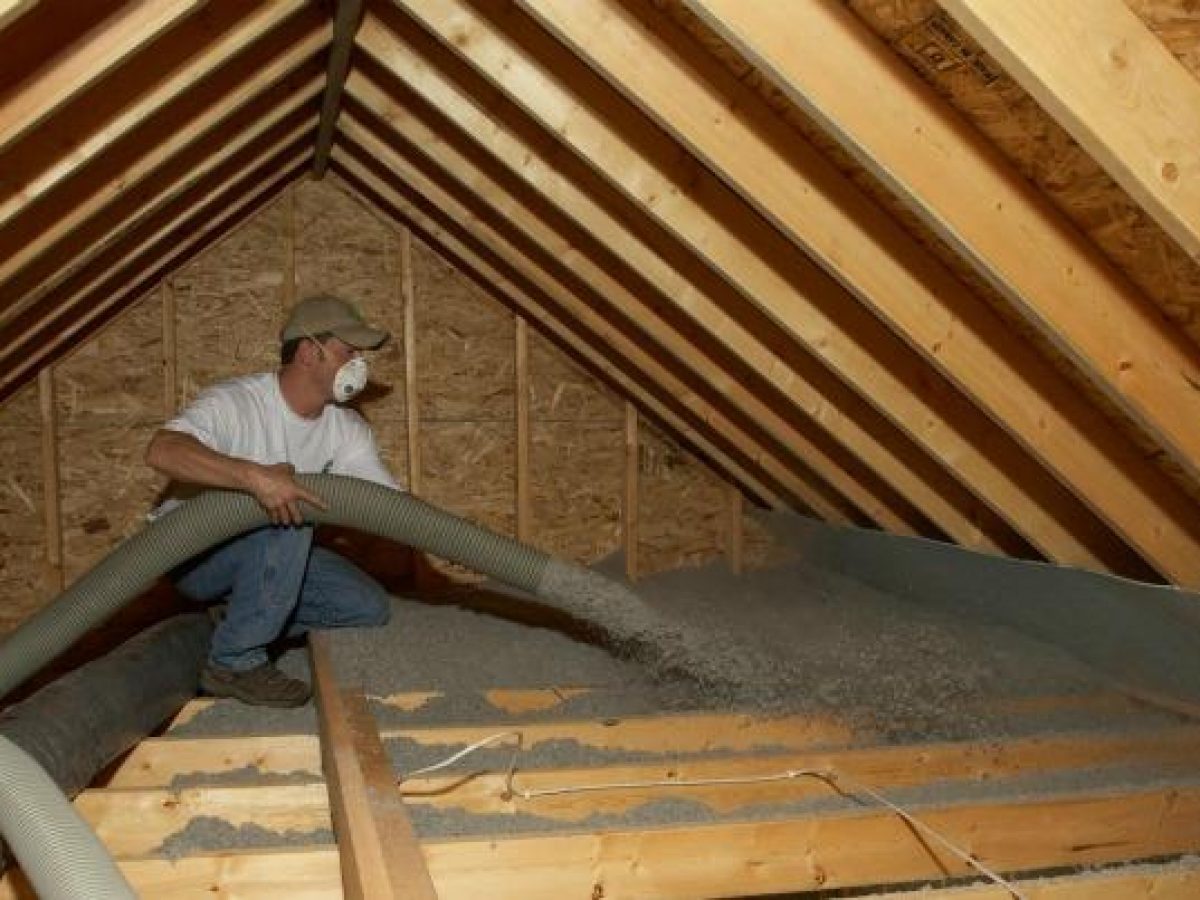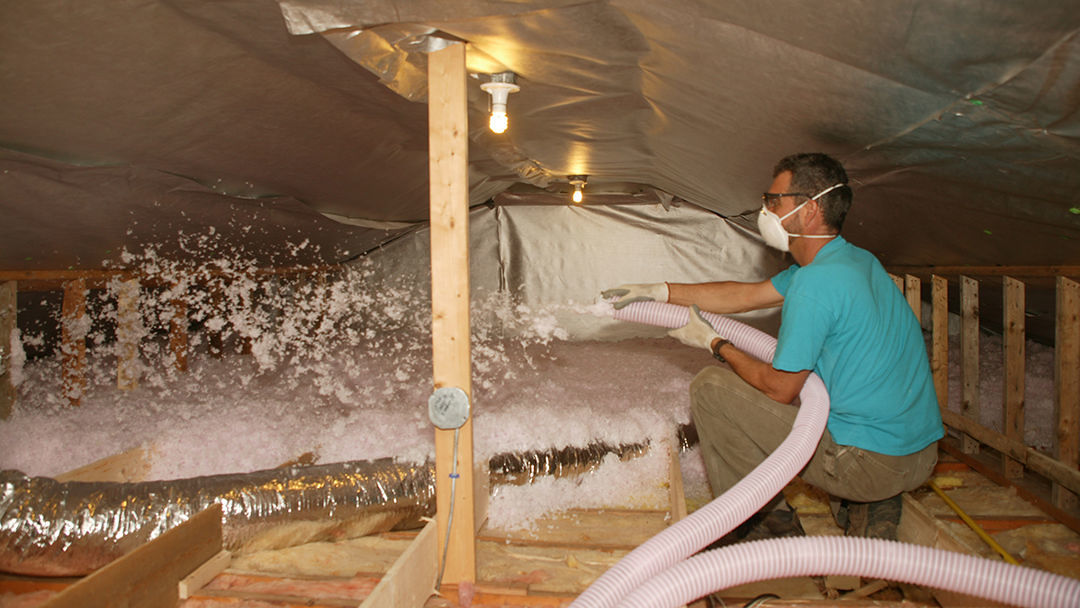Specialist Tips for Enhancing Your Home with Attic Insulation DFW
Specialist Tips for Enhancing Your Home with Attic Insulation DFW
Blog Article
Discover the Different Sorts Of Attic Insulation and Their Unique Benefits for Your Home's Power Effectiveness

Fiberglass Insulation
Fiberglass insulation is among one of the most typically used materials for attic insulation due to its outstanding thermal efficiency and cost-effectiveness. Composed of little glass fibers, this product properly traps air, developing an insulating barrier that helps maintain regular indoor temperatures. Its high R-value per inch makes it especially effective at standing up to warm transfer, which is vital for energy preservation in homes.
Setup of fiberglass insulation is relatively uncomplicated, often available in batts or loose-fill kinds, suiting different attic configurations. Furthermore, it is immune and non-combustible to wetness, minimizing the risk of mold advancement. This longevity adds to its long life, making fiberglass a sensible long-term investment for home owners.
Furthermore, fiberglass insulation is frequently made from recycled products, which improves its eco-friendliness. The material can also add to soundproofing, minimizing noise transfer between areas. While it is essential to use safety equipment throughout setup to prevent inflammation from the fibers, the total advantages of fiberglass insulation, including energy financial savings and ecological factors to consider, make it a preferred option for boosting attic efficiency and promoting a comfortable living setting.
Spray Foam Insulation
Spray foam insulation is a highly efficient option for attic insulation, understood for its remarkable air sealing and thermal performance. This innovative insulation product is composed of a combination of isocyanate and polyol material, which, when incorporated, expands swiftly to fill voids and tooth cavities in the attic space. Its ability to abide by different surface areas ensures a constant barrier versus air leakages, significantly decreasing heat loss during chillier months and heat gain throughout warmer seasons.
One of the vital benefits of spray foam insulation is its high R-value per inch, which implies it gives excellent thermal resistance in a reasonably slim application. This is especially helpful in attic rooms where room is typically minimal. In addition, spray foam can aid decrease moisture build-up, minimizing the threat of mold and mildew development, which can be detrimental to both the structure and interior air top quality.
While the preliminary expense of spray foam insulation may be higher than standard choices, its lasting energy financial savings, combined with boosted comfort and enhanced home worth, make it a worthwhile investment for home owners looking for improved power efficiency. Attic Insulation DFW. On the whole, spray foam insulation sticks out as an effective option for enhancing attic insulation
Cellulose Insulation

Cellulose insulation is a prominent selection for attic room insulation, primarily made up of recycled paper products treated with fire resistants. This eco-friendly choice is understood for its superb thermal performance, effectively decreasing warm transfer in both summer season and cold weather. The dense composition of cellulose enables it to fill gaps and spaces in attic rooms, providing a seamless obstacle versus air leakages.
Among the considerable advantages of cellulose insulation is its ability to stand up to mold and mildew and parasites, owing to the fire resistant therapies utilized during production. Additionally, it flaunts a high R-value per inch, which equates right into premium power efficiency. Homeowners can expect reduced home heating and air conditioning prices as an outcome of improved insulation.
Installation is normally completed via blowing loosened cellulose right into the preferred location, permitting a quick and effective process. This method also minimizes disruption to the existing structure. Moreover, cellulose insulation has a reasonably reduced environmental influence, helpful site as its production process uses recycled products, adding to sustainable building practices.
Rock Wool Insulation
Amongst the numerous choices for attic insulation, rock wool, also referred to as mineral wool, stands out due to its outstanding thermal and acoustic efficiency. Made from natural or recycled materials, rock woollen is developed by thawing rock and rotating it into fibers, causing a product that supplies excellent insulation residential or commercial properties.
Among the substantial advantages of rock woollen insulation is its high R-value, which indicates its efficiency in standing up to warmth circulation. This characteristic not only boosts energy performance but additionally adds to maintaining a comfortable interior temperature level year-round. Additionally, rock woollen is naturally fire-resistant, making it a more secure alternative for homes as it can hold up against high temperatures without melting Your Domain Name or releasing harmful fumes.
Additionally, rock wool insulation stands out in soundproofing capacities, successfully minimizing noise transmission between rooms and from outside sources. This makes it an ideal selection for house owners seeking a peaceful living atmosphere. Rock woollen is moisture-resistant, helping to stop mold growth and preserving the structural integrity of the attic room space. On the whole, rock wool insulation gives an extensive remedy for improving power efficiency, safety and security, and convenience in residential setups.
Radiant Obstacle Insulation
Glowing obstacle insulation functions as a reliable remedy for lessening warm transfer in attics, specifically in warmer environments. This type of insulation jobs by reflecting glowing heat far from living rooms, thereby decreasing the amount of heat that gets in a home throughout heat - Attic Insulation DFW. Generally made up of a very reflective product, such as aluminum foil, glowing obstacles are set up in attic rooms, dealing with the roof, where they can intercept incoming warmth from the sun
The main benefit of radiant barrier insulation is its ability to reduced cooling prices. By showing warmth instead of absorbing it, radiant barriers can aid maintain an extra stable interior temperature, lowering the workload on cooling systems. This performance equates into reduced energy bills and boosted convenience for homeowners.
In enhancement to energy savings, glowing barriers can also contribute to boosted indoor air quality. By minimizing warmth build-up, they help decrease humidity levels, which can stop mold development and enhance overall air circulation. When installed appropriately, radiant obstacle insulation can be a very click here to find out more useful addition to any energy-efficient home, making it a deserving factor to consider for home owners seeking to enhance their attic room insulation approach.
Verdict
In conclusion, understanding the various types of attic room insulation-- fiberglass, spray foam, cellulose, rock wool, and radiant obstacles-- enables property owners to make informed choices relating to energy effectiveness. Each insulation type offers unique advantages, such as superior thermal resistance, dampness management, and audio depletion. By selecting the ideal insulation material, significant decreases in power prices can be attained, along with enhancements in interior convenience. Ultimately, the right choice adds to an extra lasting living atmosphere and advertises overall energy preservation.

In conclusion, recognizing the various kinds of attic room insulation-- fiberglass, spray foam, cellulose, rock woollen, and radiant obstacles-- enables property owners to make informed decisions concerning energy effectiveness.
Report this page